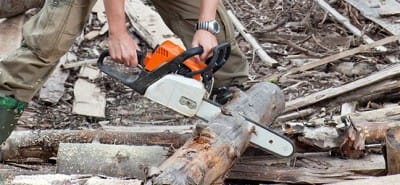No matter how big or small the aquarium is, one of the most important ingredients of aquarium design are aquarium rocks. If you take some time to choose proper aquarium rocks, then prepare and position them properly, you will transform the environment of the aquarium significantly. More often than not, aquariums have a clinical setup, but you can quickly transform them into a perfect natural habitat.
While it may sound easy to create a good, natural environment for aquarium plants and fishes, there are certain things you have to keep in mind. First, rocks are not all the same. They have a different composition and not all of them will be suitable for the aquarium you have. This is why you will have to do a couple of tests and see if the rocks you have are safe to use in your fish tank. Make sure you do this before you dump them into your aquarium.
In a way, the aquarium rocks you can use depends on the plant and fish species you have. That being said, inert rocks are a good choice for freshwater aquariums. These rocks include obsidian, basalt, quartz, shale, sandstone and coal. Inert rocks don’t change water chemistry, therefore they are safe for freshwater aquariums.
On the other hand, calcareous rocks will raise hardness of aquarium water and will alter the pH level. Marble, limestone and chalk will do this, so make sure you choose them only for hard water aquarium. It’s better to use calcareous rocks than chemicals to raise the pH level of the water.
How Can You Test Rocks
You can use a simple, straightforward way to test if the rock you have is safe for the aquarium. Fill a bucket with water you plan to use in the aquarium. Measure and note the hardness, pH level, phosphates and nitrates in the water. Then put the rock you plan to use in the aquarium into the bucket and let it sit there for 7 days. Test the water again and compare the measured values. If the readings don’t deviate from the original ones, the rock you used will not affect your aquarium.
You can also use the vinegar test. Get some white vinegar and put a few drops on the rock you plan to use in your fish tank. If the solution foams, the rock is calcareous. Don’t use this rock unless you don’t plan to change the water chemistry.
Once you have the rock you can safely use in the aquarium, disinfect it properly. Pathogens in the rock crevices have to be taken care of so use a brush and start brushing the rock. Then, boil the rock in hot water and then dry it off. Only after these steps are done, the rock will be completely ready for the aquarium.
Types of Aquarium Rocks That Are Usually Safe
- Slate
- Granite
- Lava rock
- Onyx
- Quartz
- Petrified wood
- Pumice



